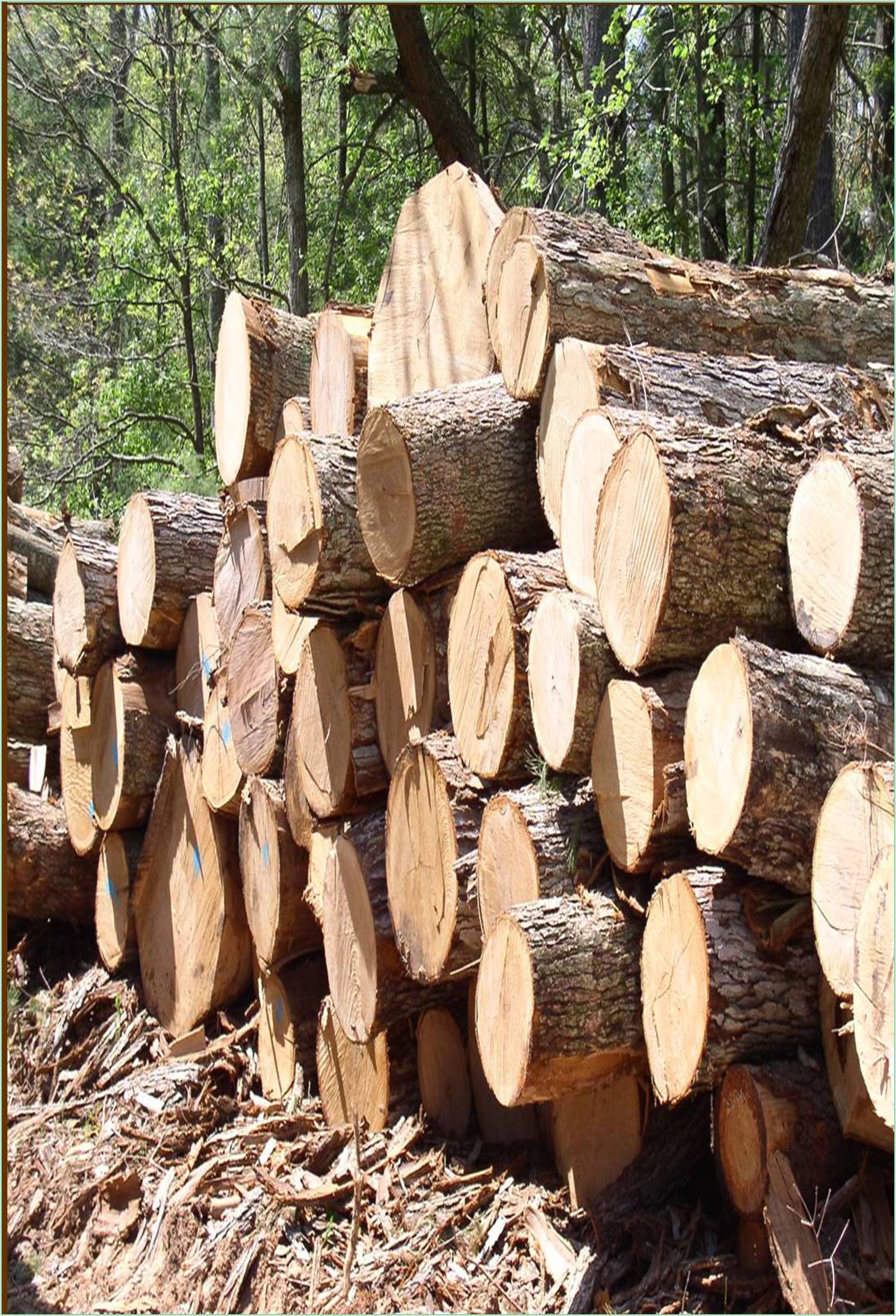



Received: 01-Apr-2022, Manuscript No. GJWSFW-22-64243; Editor assigned: 05-Apr-2022, Pre QC No. GJWSFW-22-64243 (PQ); Reviewed: 20-Jun-2022, QC No. GJWSFW-22-64243; Revised: 28-Apr-2022, Manuscript No. GJWSFW-22-64243 (R); Published: 06-May-2022, DOI: 10.15651/2449-1780.22.10.001
The term economic value is used to describe the importance that individuals place on ecosystems, which includes not only the income generated from using ecosystem goods and services, but also other benefits that ecosystems provide for human welfare, which could be called social and ecological values. the human welfare benefits of a forest in terms of reducing flood damage while sequestering carbon, providing habitat for endangered species, and absorbing harmful chemicals, such monetization ideally provides a tool for policymakers and conservationists to evaluate management impacts and compare a cost-benefit analysis of potential policies. Such valuations, on the other hand, are estimations, and they come with the inherent quantitative uncertainty and philosophical debate that comes with weighing a variety of non-market costs and benefits.
Natural communities are finely-tuned systems, where each species has an ecological value to the other species that are part of that ecosystem. Species diversity increases an ecosystem's stability and resilience, in particular its ability to adapt and respond to changing environmental conditions. Including using market price data or eliciting consumer preferences using through a wide range of non-market valuation methods. Market pricing and expenses can be used to evaluate the increase in the value of commercial activities, the value of revenues from tourism activities related to visits to natural areas, and the value of bio prospecting contracts signed by companies and government agencies. Ecosystem services, on the other hand, may not always affect markets, and market data isn't always accessible to evaluate them. In such circumstances, approaches for determining consumer preferences have been created. They can be classified into two types: revealed preference methods and asserted preference methods.
Ecological value means the value of functions performed by wetlands and other environmentally sensitive areas. These functions include: providing habitat for wildlife, environment for wildlife movement, food chain support, groundwater recharge, water storage and flow attenuation, and water quality enhancement.
Natural communities are finely tuned systems in which each species contributes ecological value to the ecosystem's and other species. Species variety diversity increases stability and resilience of an ecosystem, especially its ability to adapt and respond to changing environmental conditions. When a certain number or kind of species (such as a keystone species) is lost, ecological function is eventually lost. However, not all species in an ecosystem is equally important Species that are important due to their sheer numbers are often called dominant species. These species account for the majority of an ecosystem's biomass. Ecosystems and the biological diversity they contained provide a steady supply of products and services, which are critical to our economic prosperity and other aspects of our welfare. Humans gather or consume natural products such as wild fruit and nuts, fodder, timber, game, natural fibres, and medicines, which are referred to as ecosystem goods. More crucially, ecosystem services maintain life by controlling critical processes such as air and water purification, crop pollination, nutrient cycling, waste decomposition, and soil formation and regeneration. The loss of species is the most widely recognised consequence of such change, and as biodiversity underpins human life support systems, its loss implies significant consequences for humanity. The consequences of ecosystem degradation are experienced more severely in developing countries, the home of the vast majority of the world’s natural capital and to the world’s poor, who are heavily reliant on natural resources for their livelihood and income.